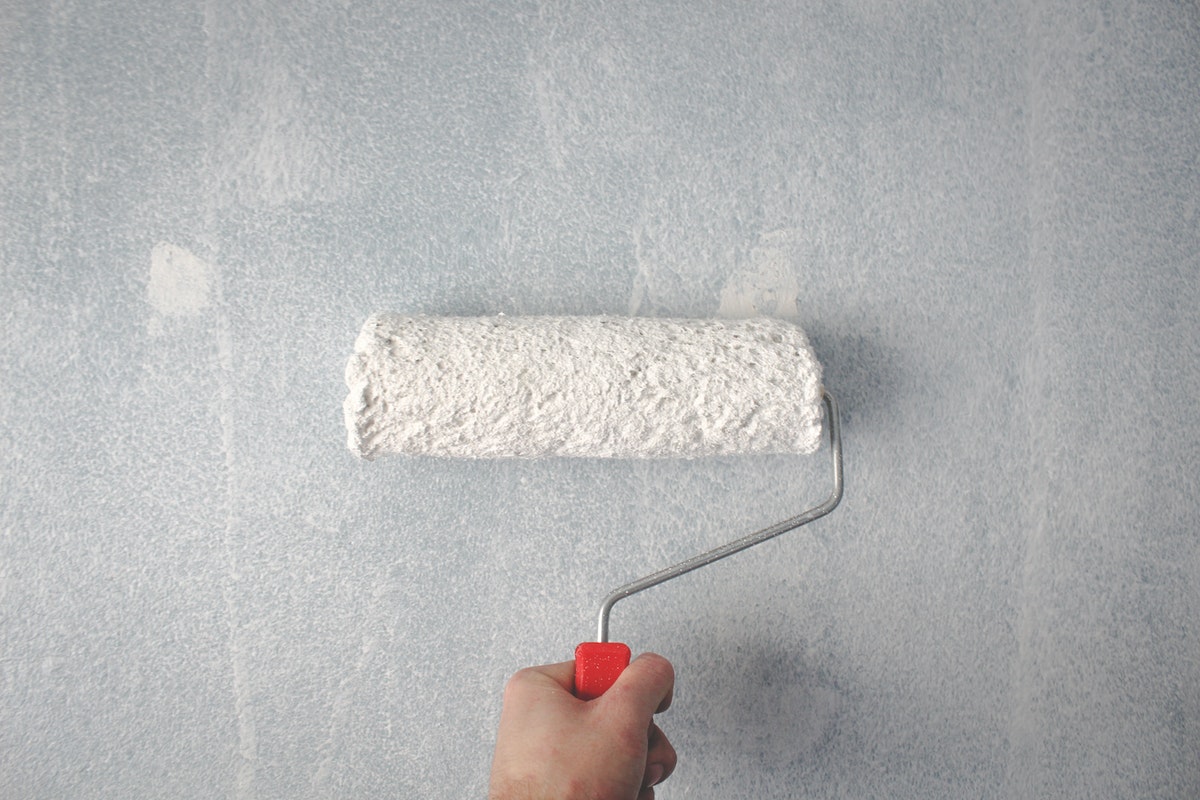In today’s world, we are surrounded by products that we take for granted. We see these products in a fleeting glance, but we rarely register them in our brains. One such product is paint. Paint is just about everywhere we look and everywhere we go, yet we rarely notice it.
For example, every single object in your house will have paint or a coating. Your house, car, furniture, flooring, kitchen utensils, and electrical appliances are covered in paint or coating. In fact, paint is everywhere we go and just about everywhere we look.
In this article, we briefly recount the history of paint and present some paint industry statistics. Then, we examine the paint industry in more specific detail, examining trends and the uses of paints and coatings.
The history of paint
Throughout history, humans have used paint to depict their surroundings and events. This is illustrated by cave paintings, which have been dated as far back as 30,000 B.C.
As civilization evolved, so did the use of paint. However, it wasn’t until the industrial revolution in 1700 that the paint and coating industry started in earnest. Since then, paint has been an influential component of the American economy.
The first recorded American paint mill was in 1770. By the late 1800s, paint factories could be found in industrial centers across America. A key factor behind this development was mechanization. This development brought about the advent of assembly lines, and virtually every product produced on the assembly lines required paint or coating.
Statistics
In 2019, the paint and coating market was worth approximately $24.2 billion. It is expected to grow at a compound annual growth rate of 3.7% from 2020 to 2027.
The market size of industrial coatings worldwide was estimated at $81.5 billion in 2019 and is projected to grow at a compound annual growth rate of 3.0% from 2020 to 2027. Analysts have estimated that by 2027, the paint and coating industry will be valued at $232 billion globally.

Megatrends affecting the paint industry
To understand the paint and coating industry, especially from an investment standpoint, it is important to look at how megatrends have affected this enormous market.
A megatrend is defined as a major movement, pattern, or trend that emerges within the macro environment.
Megatrends, such as the environment, economy, and consumer interests, have had a significant impact on the paint and coating industry. This impact has been felt in terms of the choice of raw materials and the requirements of paint consumers.
An example of a megatrend influencing the paint industry can be seen in the changes bought on by environmental concerns. Environmental concerns have had a significant influence on the materials used to make paint. For example, because of the perceived threat of the components of paint to the environment, the demand for water-based paints has increased substantially. They are now used widely in the walls of houses, industrial coatings, and high-end automotive coating systems.
Other megatrends that directly affect the paint and coating industry are health and wellness, natural resource efficiency, the emerging middle class, globalization, and sustainability.
What paints and coatings are used for
The first use of paint and coatings was simply for maintenance. It was much easier to clean and maintain the appearance of a well-painted surface.
Paints have been used to protect a surface area against the elements. For example, it can be used as protection against solar radiation, rain, snow, ice, insects, and a myriad of other external factors.
Paints are used to decorate or improve the appearance and the visual appeal of a surface. The predominant use in this category is in the home. In the home environment, the main type of paint used for the exterior is waterproof paint. This variant of paint protects against rain, wind, UV rays, molds, and stains. At the same time, household paints serve a decorative function. Given the wide array of shades available, homeowners have used paint to create the desired effect in rooms and other spaces.
Industrial painting and coatings are also used on a multitude of different surfaces, from buildings and mechanical equipment to pipes and specialized equipment, such as cryogenic tanks.
The main purpose of paint and coatings in the industrial setting is to protect surfaces from corrosion, which means the equipment will last longer and need less repair work. Using these materials reduces maintenance costs and makes industrial plants structurally safer.
Another area where paints have a dual purpose of decoration and protection is the automotive industry. Here, paints are used as part of the design but equally so for protection against the elements. Automobile paints are a very specialized area, and manufacturers often apply chemically complex finishes.
Paint has had a substantial influence throughout history. From caves to industrial machinery, we have used this often-overlooked component as a medium of expression, a material for design, and a layer of protection from the elements. It’s no wonder why the paint and coating industry continues to thrive in the modern world.